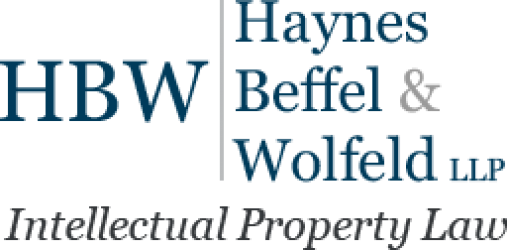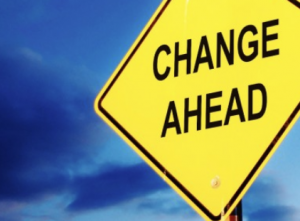By of Haynes Beffel & Wolfeld LLP posted in patent law on Tuesday, October 17, 2017.
Your company is adopting a Software as a Service (SaaS) business model. How will you adapt? Your business has been producing and selling a software product successfully for some time. Change has come, however, and you’ve just received news from the CEO that your company will adopt a SaaS
business model. This means that instead of marketing software for sale as a product, your company will increasingly focus on delivering services to customers over the net. You’ve got work to do… where do you begin?
Patents, copyrights and trademarks take on an even greater importance in the SaaS world. Your company may no longer maintain a product inventory and may contract out maintenance of servers and other hardware, leaving intellectual property as one of the few real assets your company has on its books.
Patents
Patents protect inventions – new, nonobvious machines, processes, compositions of matter and combinations thereof – from being practiced by others without the patentee’s permission. Patents are one of the strongest property rights recognized by the law, and for that reason can be one of the most valuable assets of your company. Accordingly, the patent portfolio should be considered when managing your company’s transition to SaaS. Your attorney should review the patent portfolio, both pending applications and issued patents, to make sure your anticipated service configurations are covered, including claimed embodiments.
For pending applications, your attorney should investigate adding claims to methods for delivering the functionality of your inventions to users using your anticipated delivery mechanisms, i.e., application servers, for example. Claims to methods practiced by client devices that interact with your delivery mechanisms to as part of the service should be considered as well.
Finally, if your company will provide software as a download or deliver software over a network, include claims to methods of transmitting code to perform your function over a transmission medium. Issued patents that cannot be modified may still serve as a starting point for gathering ideas for preparing new patent applications to inventions conceived during the process of moving to a SaaS model.
Be careful! Don’t embark on a search of patents held by others without first consulting the advice of your attorney. Failure to secure such counsel could subject your company to charges of willful infringement.
Copyrights
Copyrights protect works of authorship or creative works from being copied by others without the copyright holder’s permission. Be aware that a copyright protects your software as a creative work, enabling you to shut down pirating operations and block the import of pirated copies of your product. Your attorney can register copyrights to some of your software with the Copyright Office in order to protect your company’s right to pursue statutory damages against infringers.
Now that your company is no longer selling the software, how will things change? In the absence of delivering code as a product, copyright protection can still extend to the screens and icons presented by your company’s service, the so named “look and feel.” While not as strong as a patent, registering unique screen images with the Copyright Office may afford a level of protection, including the possibility of statutory damages against competitors simply copying your service’s “look and feel.”
Trademarks
Trademarks are indicators of origin. They must be non-functional aspects of your service. Have your attorney perform a clearance search on any logo or device that you would like to adopt as a mark to ensure that it is available. Also, include a TM or ® with the mark so that others viewing your website, and customers using your service, know that you’ve adopted the logo or mark as indicative of your service. Register frequently used marks with the U.S. Patent and Trademark Office and possibly in other countries if your service is going to be made available internationally.
Also, courtesy counts! Respect the rights of others in their product or service by including a statement acknowledging their ownership. For example: (ACME is a trademark of ACME, Inc. of Endicott, NY).
Relax?
If all this sounds complex, well frankly it is. Transitioning to a new business model can affect many operational areas of a company and can involve a number of areas of legal specialty. However, you are not alone in your endeavors – you can and should seek the advice of a competent legal advisor to assist you in your company’s transition to SaaS. Soon, the results will justify your efforts because the transition could enable your company to enjoy a revenue stream from being a service provider, liberate your customers from the painful resource expenditures of a product installation and upgrades, and make your company’s innovations available to a broader audience.

